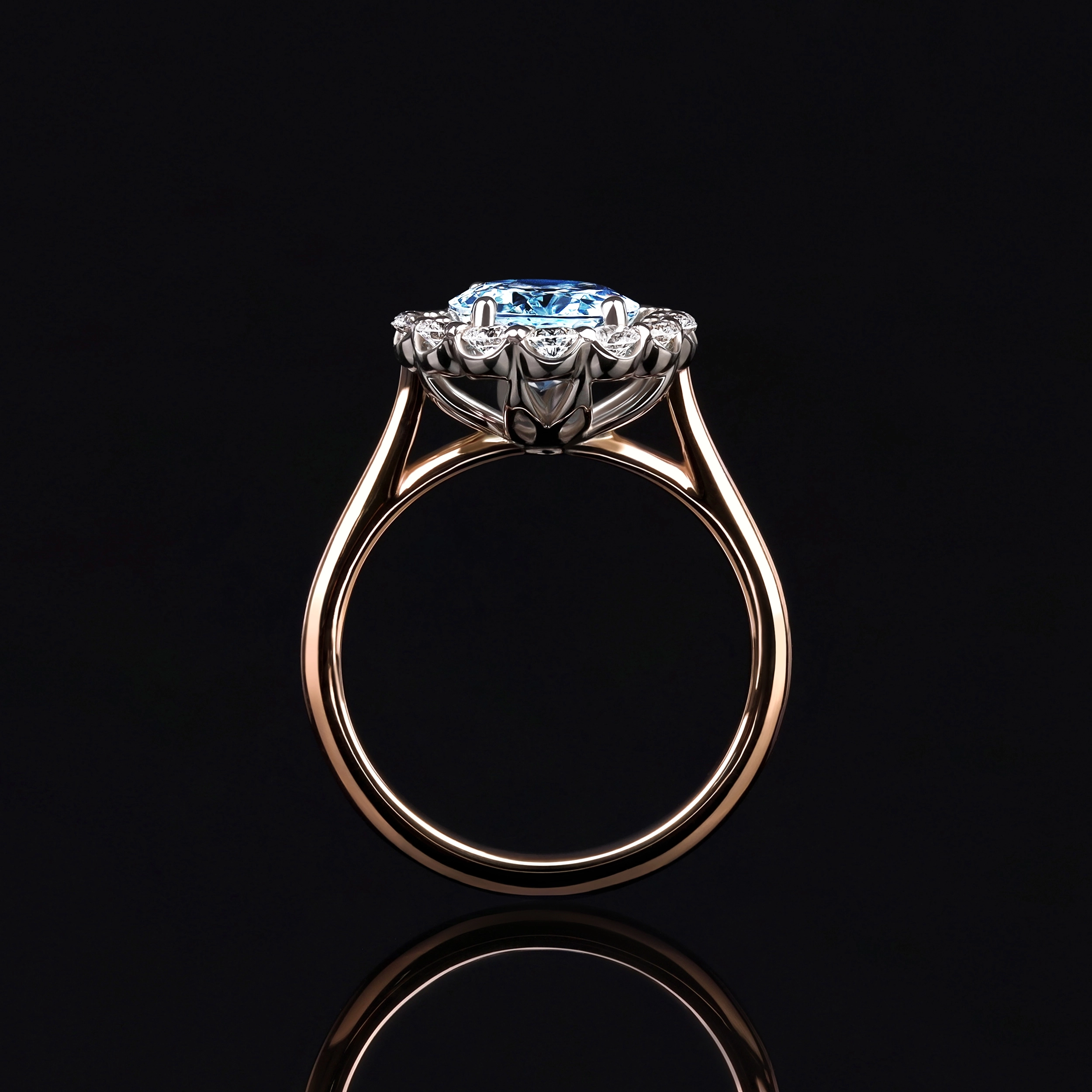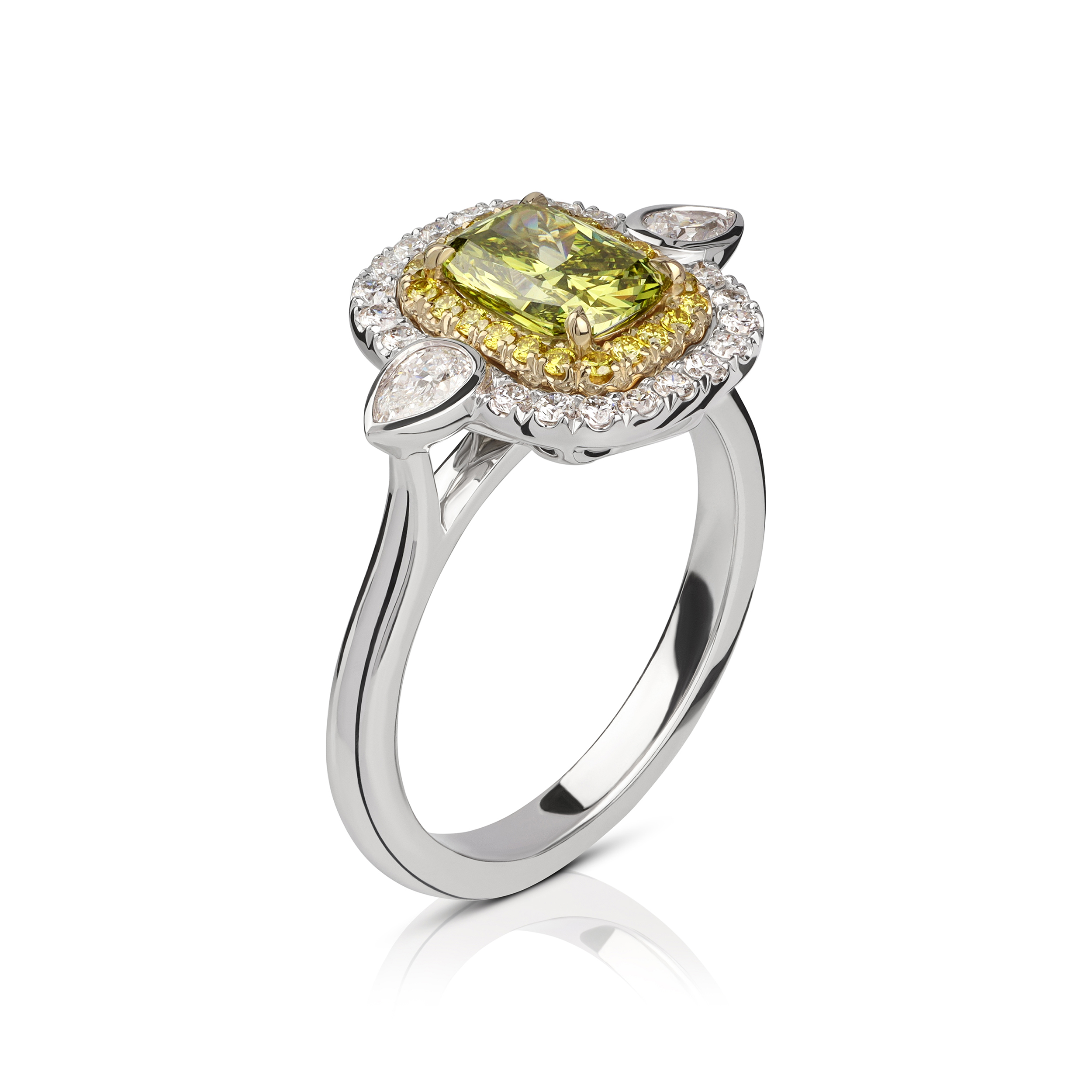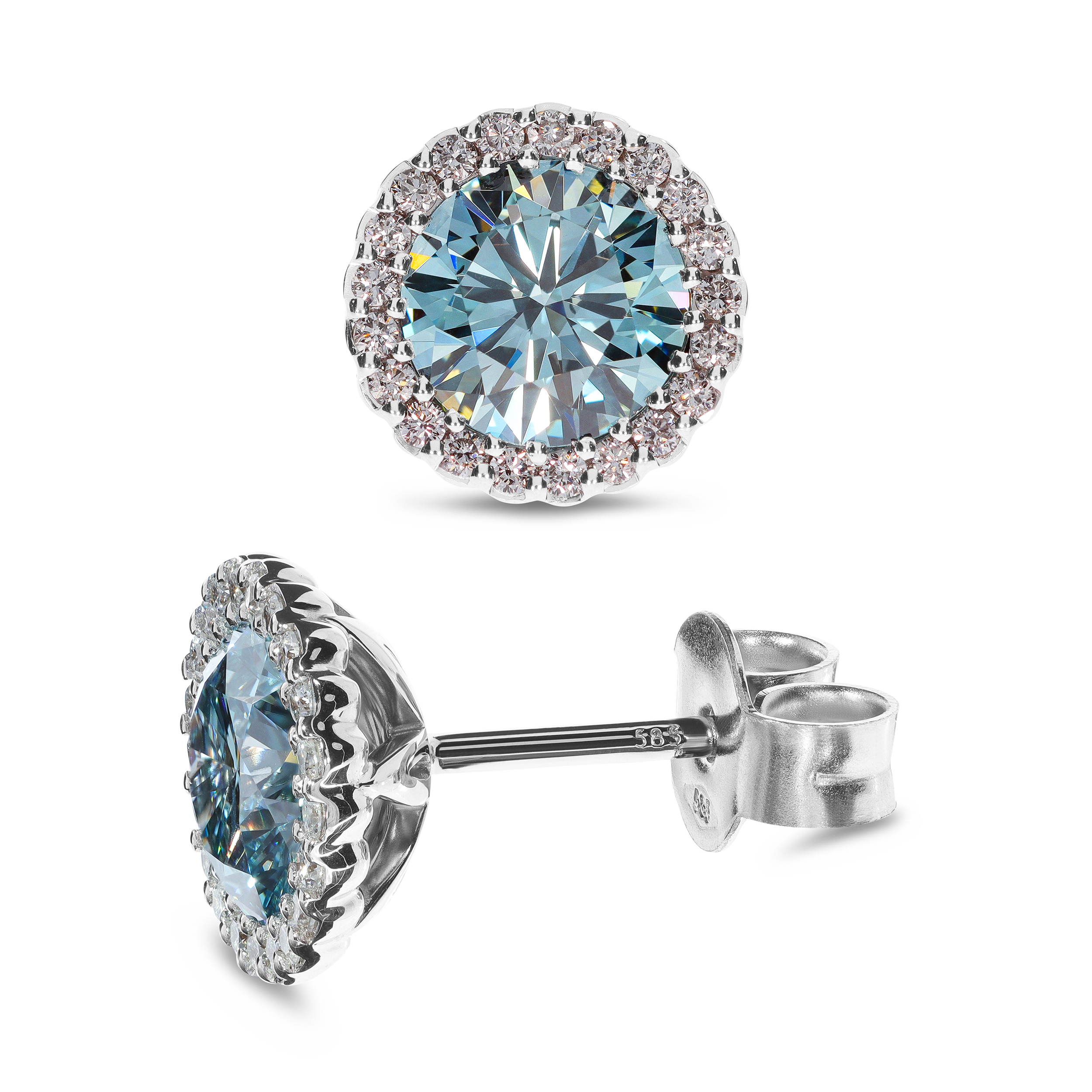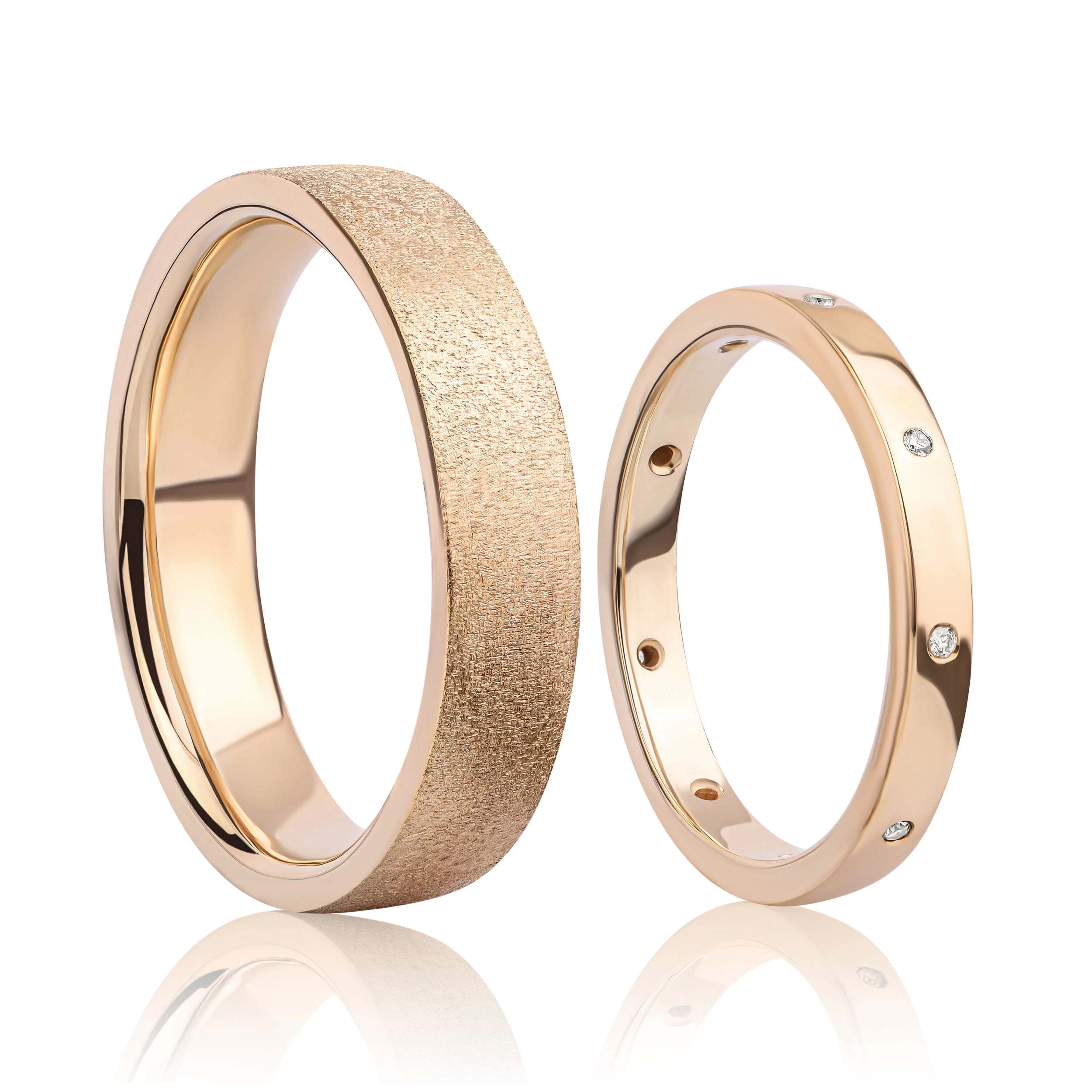Jewelry Photography
High-quality jewelry photography is essential to properly convey the value of your craftsmanship. Professionally shot images allow buyers to clearly see not only the overall shape of the piece but also the finest details—the sparkle of stones, the metal texture, and carefully executed patterns. Such photos build confidence in the quality of the pieces and help the buyer more easily imagine how the jewelry will look in real life.
In jewelry photography, lighting, a suitable background, and precise focus are crucial. Accurate color reproduction and fine details make your work even more appealing, which directly contributes to higher sales both in online stores and on social media.
Professional jewelry photography helps create a high-value impression, highlights the uniqueness of your pieces, and ensures that online shoppers see exactly what they will receive in real life. This builds confidence in product quality and significantly contributes to sales growth.
Would you like high-quality jewelry photos? Contact us.
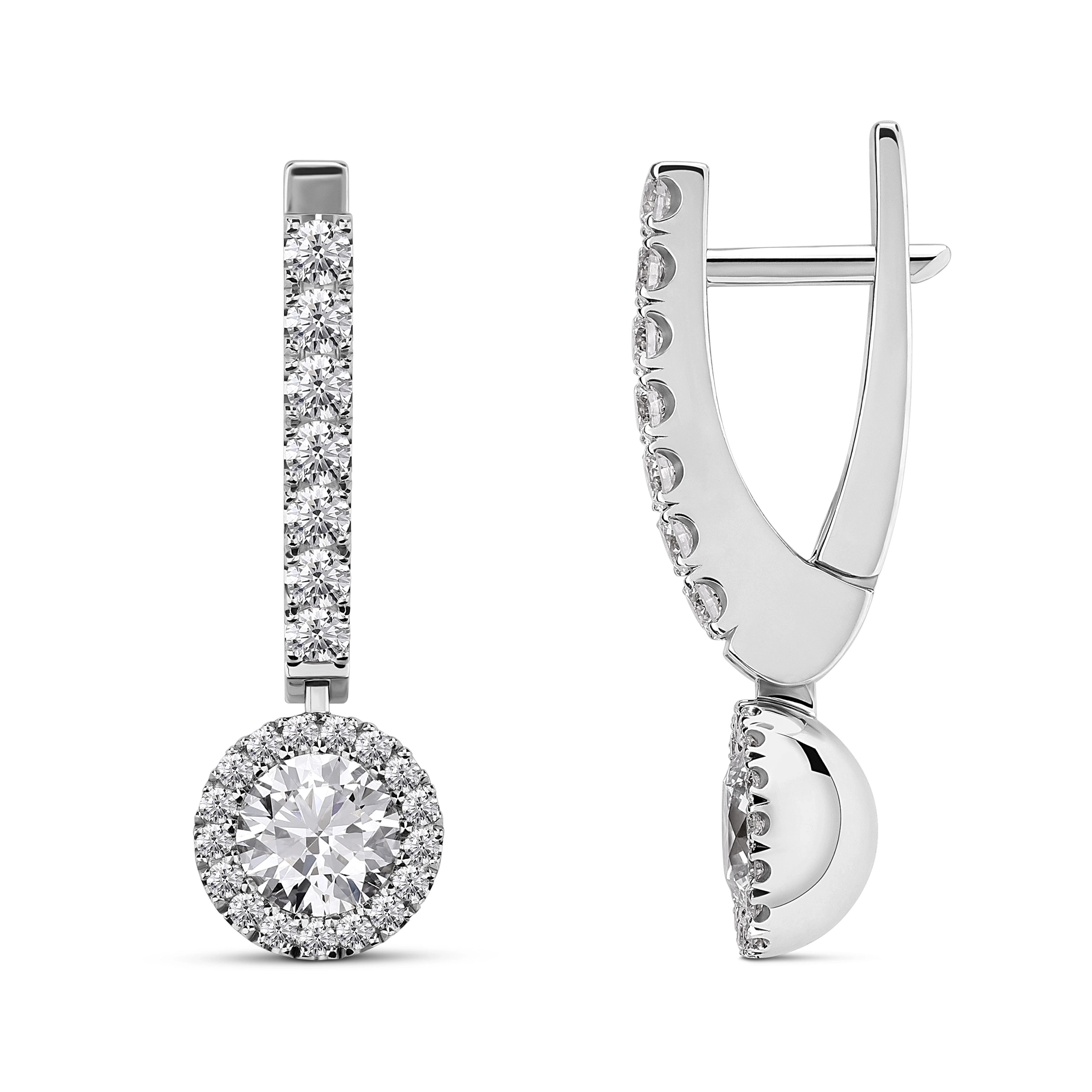
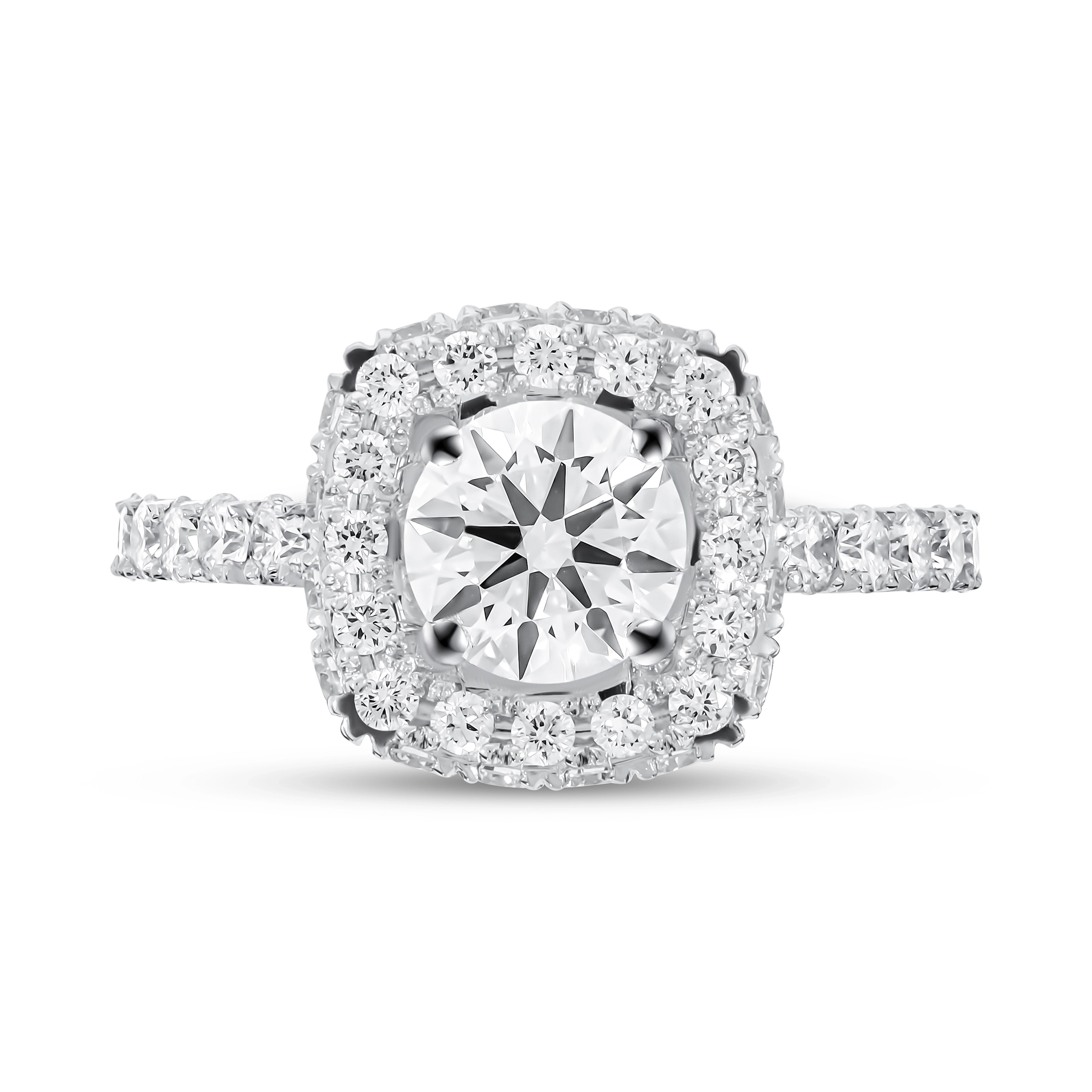
Benefits of Jewelry Photography
Jewelry photography is one of the most challenging fields of product photography, as it requires exceptional care, precision, and professional equipment. Unlike many other products, jewelry pieces are small, reflective, and feature numerous fine details that must be rendered as accurately as possible. It is important for buyers not only to see the overall form of the piece but also to assess the metal texture, the stone’s sparkle, the cleanliness of the facets, and the overall quality of the work.
To achieve such results, a simple camera or phone is not enough. For jewelry photography, specialized macro equipment is used, which brings out even the tiniest details. Precise lighting is another key factor—light tents, diffusers, and directional light sources are used to avoid unwanted reflections and render a natural sheen.
In addition, the background and post-production are crucial in jewelry photography. A neutral, clean background is most often chosen so it does not distract from the piece itself. The images are then retouched: tiny dust specks are removed, colors adjusted, textures enhanced. This process is carried out with great care so that the image remains natural while still showcasing all the strengths of the piece.


